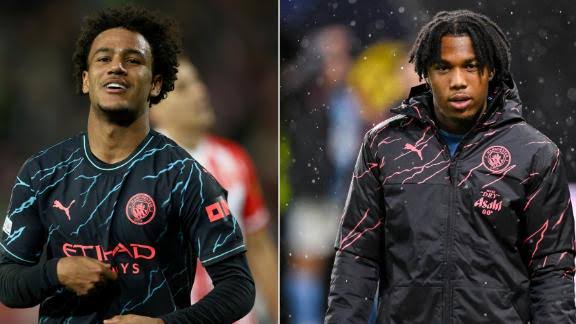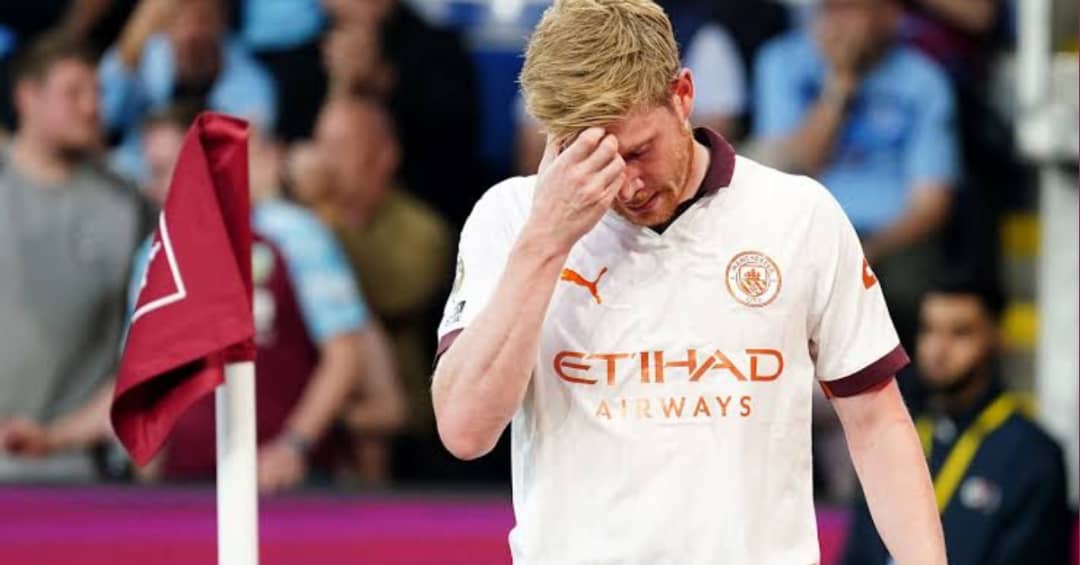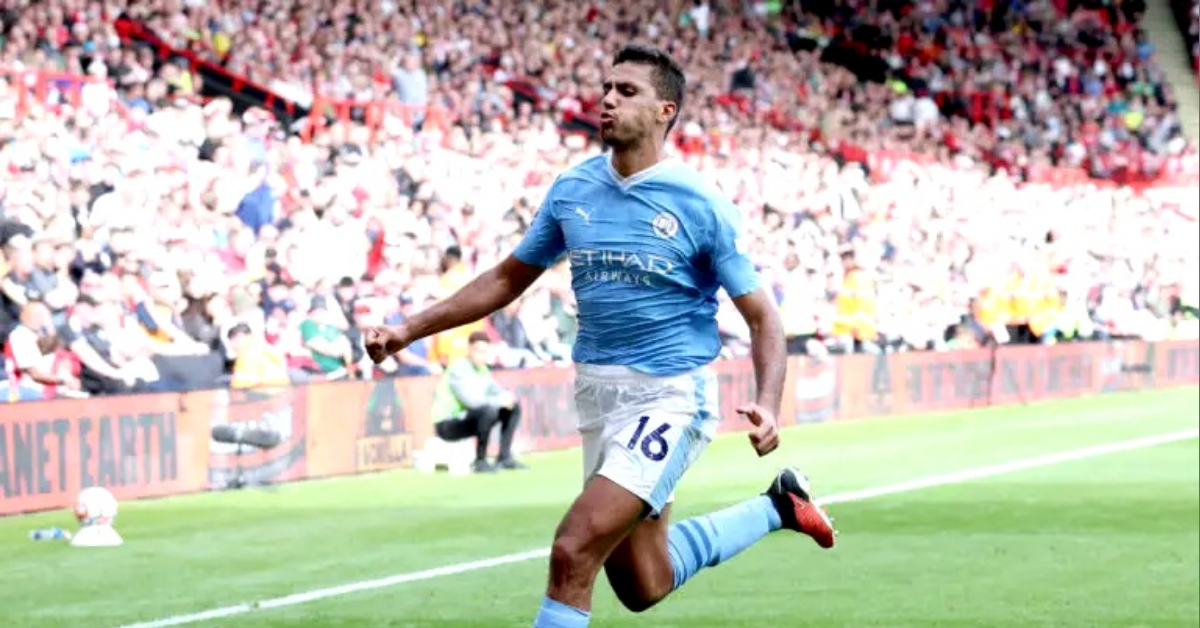Man City’s Academy Goldmine: A Model for Navigating the Financial Tightrope
While Premier League clubs are locked in a frantic game of musical chairs, desperately shuffling young players between each other to appease financial regulators, Manchester City are basking in the sunshine. Free from the anxieties of Profit and Sustainability Rules (PSR), City stand as a testament to the power of a thriving academy system.
Remember that blockbuster summer transfer window? City weren’t just buying, they were also cashing in. A cool £25 million jingled in their pockets from the sales of Tommy Doyle and Taylor Harwood-Bellis alone, and Liam Delap could be next on the conveyor belt of young talent generating significant income.
This is just the tip of the iceberg. Over the past three years, City have turned academy graduates into gold. Jack Harrison, Lukas Nmecha, and a string of others all commanded fees exceeding £10 million. Last summer, Cole Palmer’s move to Chelsea shattered the piggy bank to the tune of a staggering £42.5 million.
Academy Graduates: More Than Just Trophies
For City, it’s a double win. They pride themselves on nurturing young stars who not only contribute to the team’s success (whether at the Etihad or elsewhere) but also become a vital financial resource. City’s advantage in attracting the best young talent is undeniable, but their track record of developing and selling for massive profits is nothing short of remarkable.

Envy from the Trenches
Meanwhile, down in the financial trenches, clubs like Aston Villa, Newcastle, Chelsea, and Everton are watching with a tinge of green. Their current struggles with PSR compliance paint a stark contrast to City’s smooth sailing. This past week, a curious transfer merry-go-round saw Everton acquire Aston Villa’s Tim Iroegbunam for a reported £9 million, while simultaneously sending their own academy prospect Lewis Dobbin the other way for a cool £10 million.
The accounting trickery behind these deals is fascinating. Spread out over a five-year contract, these transfers become manageable annual installments. But the real magic lies in the fact that academy graduates have no prior book value, meaning the entire transfer fee translates to pure profit – a much-needed financial boost for clubs grappling with PSR limitations.
City’s Model: A Beacon or a Distant Dream?
While City’s success offers a blueprint, it’s important to remember their advantage in attracting top young talent. Nevertheless, their academy’s ability to consistently produce high-value players provides a clear path towards financial sustainability, a path many Premier League clubs would be wise to consider emulating.



